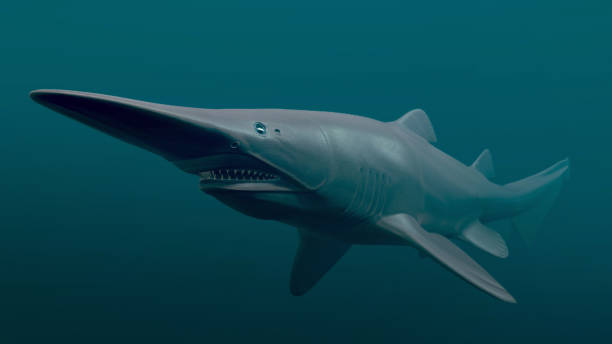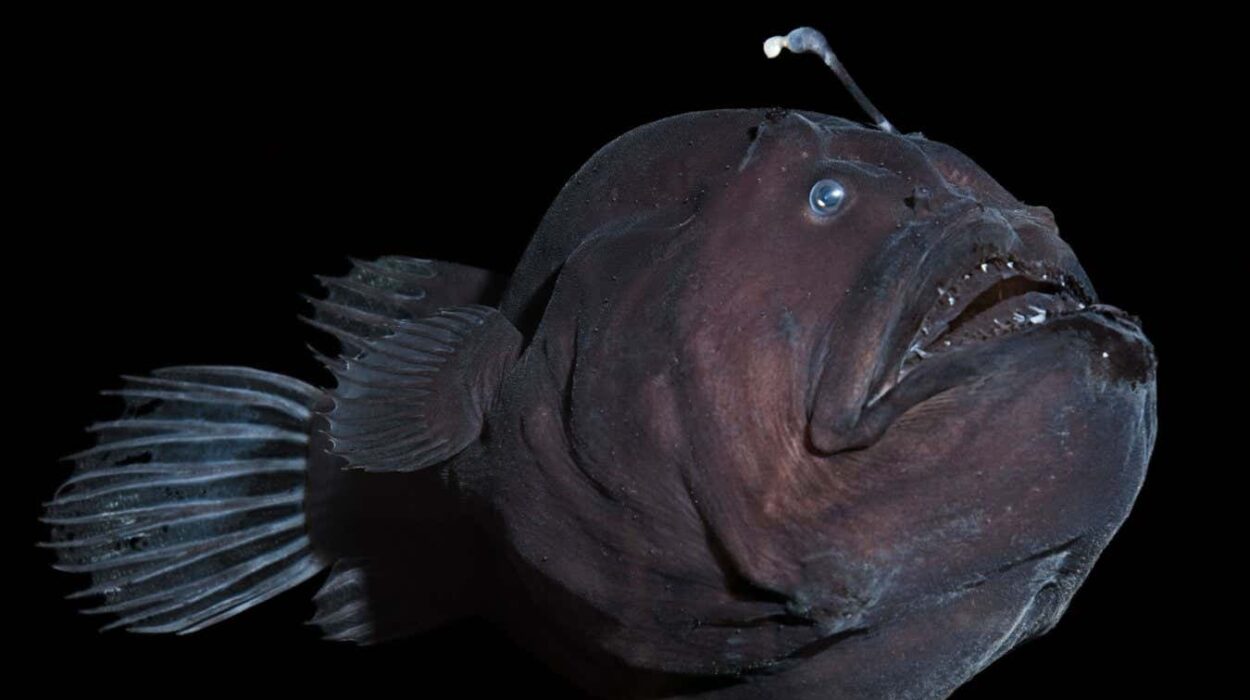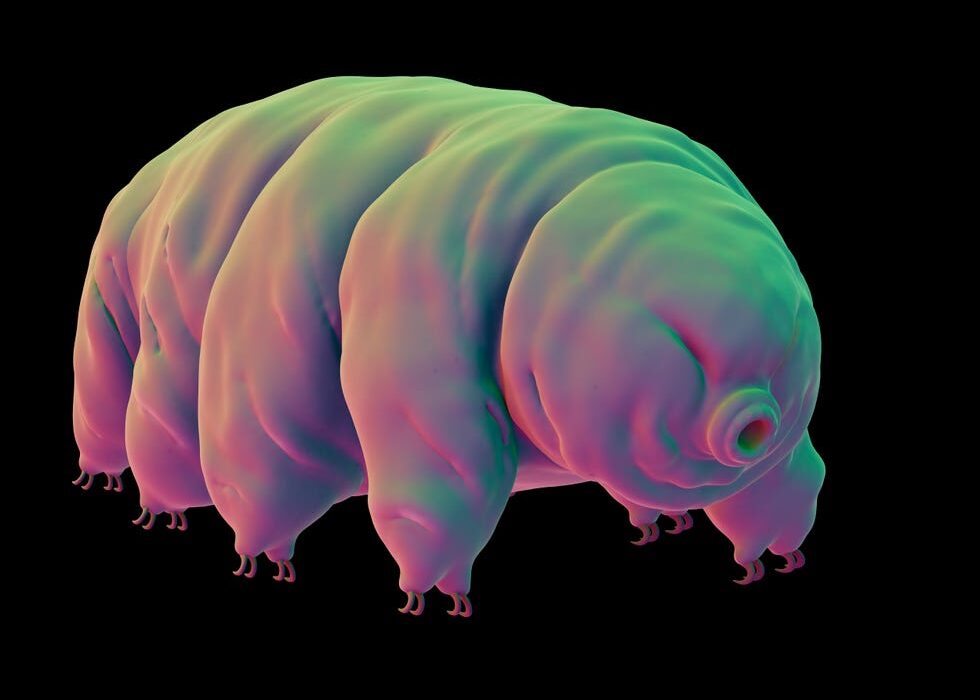Among the millions of species that inhabit our planet, few are as puzzling, fascinating, and extraordinary as the platypus. With its duck-like bill, beaver-like tail, webbed feet, and ability to lay eggs despite being a mammal, the platypus seems like a creature assembled from parts of several different animals. When European naturalists first encountered it in the late 18th century, many suspected it to be a hoax. Yet this strange creature is very real, and its biology defies many of the rules that scientists once thought applied to all mammals.
The platypus (Ornithorhynchus anatinus) is native to eastern Australia and Tasmania, where it inhabits freshwater rivers, streams, and lakes. It belongs to an ancient lineage of egg-laying mammals known as monotremes, a group that includes only five living species: the platypus and four echidnas. Despite its rarity, the platypus plays a vital role in the ecosystems of Australia and offers scientists a living window into the early evolution of mammals.
Understanding the platypus means delving into one of nature’s greatest biological enigmas—a creature that blurs the boundaries between reptiles, birds, and mammals, and challenges our understanding of what it means to be a mammal.
Discovery and Early Encounters
When the first preserved specimen of the platypus arrived in England in 1799, scientists were baffled. The British naturalist George Shaw, who examined it, thought it was a taxidermic fraud—a mix of parts stitched together from a duck and a beaver. He even tried to pull off the bill, suspecting it had been attached with threads. But the specimen was genuine, and soon, explorers and naturalists in Australia confirmed the existence of this peculiar animal.
To early European observers, the platypus seemed to contradict the natural order. It laid eggs like a reptile or bird, but it produced milk to feed its young like a mammal. It had webbed feet like a duck, yet dense fur like an otter. It had no nipples, yet it secreted milk through pores in its skin. Its males had venomous spurs on their hind legs—something unheard of in mammals.
For decades, the platypus stood as an evolutionary mystery. Charles Darwin himself regarded it as a key to understanding the origins of mammals. Today, modern genetics and evolutionary biology have revealed that the platypus is not an anomaly but a survivor of an ancient mammalian branch that split from other mammals over 160 million years ago.
Classification and Evolutionary Origins
The platypus belongs to the order Monotremata, which includes egg-laying mammals. The name “monotreme” comes from Greek roots meaning “single opening,” referring to the cloaca—a shared exit for the animal’s digestive, reproductive, and urinary systems. This feature, inherited from reptilian ancestors, is one of the traits that distinguish monotremes from other mammals.
The monotremes represent the earliest offshoot of the mammalian lineage. While marsupials (such as kangaroos and koalas) and placental mammals (such as humans and whales) give birth to live young, monotremes retain the primitive trait of egg-laying. Fossil evidence suggests that the ancestors of monotremes diverged from other mammals during the Jurassic period, at a time when dinosaurs still dominated Earth.
The oldest known relative of the platypus is Obdurodon, an extinct genus of giant platypuses that lived between 5 and 25 million years ago. Fossils of Obdurodon dicksoni discovered in Queensland show that ancient platypuses were much larger than today’s species and had functional teeth—something modern platypuses lack. The evolutionary reduction of teeth and specialization of the bill are thought to be adaptations to a fully aquatic lifestyle.
Molecular studies confirm that the platypus genome is a unique blend of mammalian, bird, and reptile-like features. It possesses genes associated with milk production, like all mammals, but also genes involved in egg-laying and venom synthesis. Its sex chromosomes are unlike those of other mammals: instead of one pair (X and Y), it has ten sex chromosomes that show similarities to the ZW system found in birds. This genetic mosaic underscores the platypus’s position as a living bridge between ancient reptiles and modern mammals.
Physical Characteristics
The platypus has an unmistakable appearance that sets it apart from every other mammal. Adult males typically measure around 50 centimeters in length, including the tail, while females are slightly smaller. Their dense, waterproof fur is dark brown on the back and lighter on the belly, providing both insulation and camouflage in the water.
The most distinctive feature of the platypus is its bill. Broad, flat, and flexible, the bill resembles that of a duck, but its structure is entirely different. It is a sophisticated sensory organ covered in electroreceptors and mechanoreceptors that allow the platypus to detect minute electrical signals and movements produced by prey in the water. This ability, known as electroreception, is shared only with some fish and amphibians, making it exceptionally rare among mammals.
The platypus’s tail is broad and flat like that of a beaver, serving as a fat reserve and a stabilizing rudder when swimming. Its limbs are short and muscular, with webbed feet that can retract the webbing on land to expose claws for digging. The webbing on the front feet extends beyond the claws, forming powerful paddles for propulsion underwater.
One of the most unusual physical traits of the platypus is the presence of venomous spurs on the hind legs of males. These spurs are connected to venom glands located in the thighs. The venom is not lethal to humans but causes excruciating pain and swelling. Scientists believe that the venom is used during the breeding season for competition between males, rather than for hunting or defense.
The Platypus’s Unique Biology
The biology of the platypus is a remarkable fusion of reptilian, avian, and mammalian traits. It lays eggs, produces milk, and maintains a warm-blooded metabolism, yet its reproductive and sensory systems display features that belong to a much older evolutionary era.
Reproduction and Egg-Laying
Female platypuses lay one to three leathery eggs per clutch, usually during the breeding season, which occurs from late winter to spring in Australia. Before laying eggs, the female constructs a nesting burrow, sometimes several meters long, lined with leaves and grass. After laying the eggs, she curls around them and incubates them with her body heat.
The eggs hatch after about ten days, and the young, called puggles, are tiny, blind, and hairless. Unlike other mammals, the female platypus lacks nipples. Instead, milk is secreted through specialized mammary glands and absorbed through the skin, pooling on the mother’s abdomen where the puggles lap it up. The milk contains unique antibacterial proteins and nutrients that promote growth and protect the young from infection.
The mother remains in the burrow to care for her offspring, occasionally leaving to forage but sealing the entrance each time to protect them from predators. After about four months, the young platypuses leave the burrow to begin life independently.
Thermoregulation and Metabolism
Despite its semi-aquatic lifestyle and reptilian traits, the platypus is a warm-blooded mammal with a body temperature around 32°C—slightly lower than that of most mammals. Its thick fur traps air for insulation, allowing it to maintain body heat even in cold water. The animal’s high metabolic rate supports its active hunting behavior, which involves long periods of swimming and diving.
When underwater, the platypus closes its eyes, ears, and nostrils, relying entirely on its bill’s electroreceptors to detect prey. Its heart rate and metabolism slow down during dives to conserve oxygen, enabling it to remain submerged for up to two minutes at a time.
Venom and Defensive Adaptations
The venom of the male platypus is one of its most extraordinary features. The venom glands are active only during the breeding season, supporting the theory that they evolved for male-to-male competition rather than for defense or hunting. The venom is a complex cocktail of proteins, some of which are found in snake venom, highlighting convergent evolution between two distant lineages.
When injected into humans, the venom causes severe pain, swelling, and in some cases, long-term hypersensitivity. Studies of platypus venom have provided valuable insights into the evolution of venom systems and have potential medical applications, including the development of new painkillers.
Behavior and Ecology
The platypus is a nocturnal and crepuscular animal, meaning it is most active during the night and twilight hours. It spends much of its time in freshwater habitats, diving to hunt aquatic prey such as insect larvae, worms, crustaceans, and small mollusks.
Feeding and Foraging
While foraging underwater, the platypus closes its eyes and ears and relies entirely on electroreception. The electroreceptors in its bill can detect the faint electrical fields produced by the muscle contractions of prey. Combined with tactile receptors that sense water movement, these sensory systems make the platypus an efficient predator even in murky conditions.
As it hunts, the platypus collects food in cheek pouches located on either side of its bill. Once it surfaces, it chews the food with keratinized pads in its mouth, since it lacks true teeth. This adaptation allows it to grind and crush its prey before swallowing.
Habitat and Distribution
The platypus is found throughout eastern Australia, from Queensland to Tasmania. It prefers freshwater streams, rivers, and lakes with stable banks suitable for burrowing. Each individual maintains a home range along a section of waterway, where it builds multiple burrows for resting and nesting.
The platypus plays a crucial role in freshwater ecosystems, acting as both predator and prey. By feeding on aquatic invertebrates, it helps regulate insect populations and contributes to the overall health of river systems.
Communication and Sensory World
The sensory world of the platypus is dominated by touch and electroreception rather than sight or sound. Its eyes are well adapted for low-light vision, but underwater they remain closed. The electroreceptive bill allows the platypus to form a mental map of its surroundings, detecting both the movement and location of prey.
Although platypuses are generally solitary, they communicate indirectly through chemical signals and possibly through low-frequency sounds. The male’s spurs may also serve as a form of communication during breeding displays or combat.
The Platypus Genome and Genetic Insights
One of the most groundbreaking studies of the platypus came in 2008, when scientists published the full sequencing of its genome. The results revealed a genetic mixture unlike any other mammal. About half of its genes resemble those of typical mammals, while the rest show similarities to birds and reptiles.
The platypus genome includes genes for milk production, egg-laying, venom synthesis, and electroreception. It also possesses ten sex chromosomes—five X and five Y—compared to the single pair found in humans. This complex sex-chromosome system is thought to represent an evolutionary link between the reptilian ZW system and the mammalian XY system.
Studying the platypus genome has provided valuable clues about how mammals evolved their unique traits. It suggests that early mammals were far more diverse than previously thought and that features like milk production and warm-bloodedness evolved gradually, alongside other reptilian characteristics that some lineages retained.
Conservation Status and Threats
Although the platypus is not currently classified as endangered, its populations have declined in many areas due to habitat loss, pollution, and climate change. Deforestation and river regulation have destroyed or altered the waterways the platypus depends on, while agricultural runoff and urban waste degrade water quality.
Droughts, exacerbated by climate change, have further reduced the availability of suitable habitats. In some regions, particularly in Queensland and New South Wales, local populations have disappeared or become fragmented.
Conservation efforts focus on protecting freshwater ecosystems and maintaining healthy river flow. In Tasmania and Victoria, the platypus remains relatively abundant, but continued monitoring is essential to prevent population declines across its range.
The Platypus in Indigenous Culture and Modern Symbolism
For tens of thousands of years, Indigenous Australian cultures have recognized and revered the platypus. Known by many names in different Aboriginal languages, it often appears in Dreamtime stories as a creature of unique origin—a being that embodies both land and water, bird and mammal, symbolizing unity and diversity in the natural world.
In modern Australia, the platypus has become a national icon. It appears on the Australian 20-cent coin and serves as a symbol of the country’s unique wildlife. Its image represents not only scientific curiosity but also the spirit of adaptation and resilience.
The Platypus in Science and Research
Because of its unusual physiology, the platypus continues to be a subject of intense scientific research. Studies of its venom may lead to new classes of pain-relieving drugs, while research into its milk proteins could provide novel antimicrobial agents. Its electroreception offers insights into sensory evolution and the neural mechanisms of perception.
Moreover, as a monotreme, the platypus provides a living model for understanding how mammals evolved from reptilian ancestors. By comparing its genome and developmental biology with those of marsupials and placental mammals, scientists can reconstruct key evolutionary transitions, such as the emergence of lactation, endothermy, and live birth.
Adaptations to a Changing World
Despite its ancient lineage, the platypus remains remarkably well adapted to modern ecosystems. Its amphibious lifestyle, specialized diet, and efficient metabolism allow it to thrive in a variety of freshwater environments. However, it remains vulnerable to human activities.
Conservationists stress that protecting the platypus also means safeguarding entire freshwater ecosystems. Healthy rivers and wetlands not only support the platypus but also sustain countless other species and provide water for human use. By preserving these habitats, we protect a legacy that reaches back to the dawn of mammalian evolution.
The Mystery of the Platypus
Even after more than two centuries of scientific study, the platypus continues to amaze and mystify researchers. It represents an evolutionary experiment that defies conventional categories. It is both ancient and modern, primitive and advanced, reptilian and mammalian.
The platypus reminds us that evolution is not a straight line but a complex web of adaptations and survival strategies. It has endured for millions of years by maintaining a delicate balance between inherited traits and new innovations. In its webbed feet and electric senses, we see the echoes of distant ancestors and the enduring creativity of nature.
Conclusion
The platypus is more than just nature’s weirdest mammal—it is a living symbol of evolution’s boundless creativity. Its unique combination of traits, from egg-laying and venom to milk production and electroreception, demonstrates the diversity of life’s solutions to the challenges of survival.
In a world that often seeks order and simplicity, the platypus stands as a reminder that life’s history is full of surprises. It bridges the gap between ancient reptiles and modern mammals, offering a glimpse into the earliest chapters of mammalian evolution.
As scientists continue to study its genetics, physiology, and behavior, the platypus remains one of the most remarkable creatures on Earth—an enduring testament to nature’s capacity for innovation, adaptation, and wonder.






